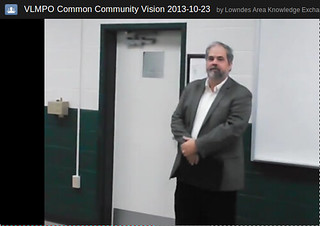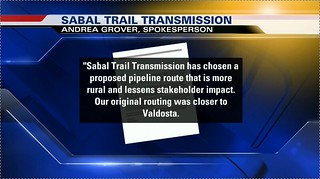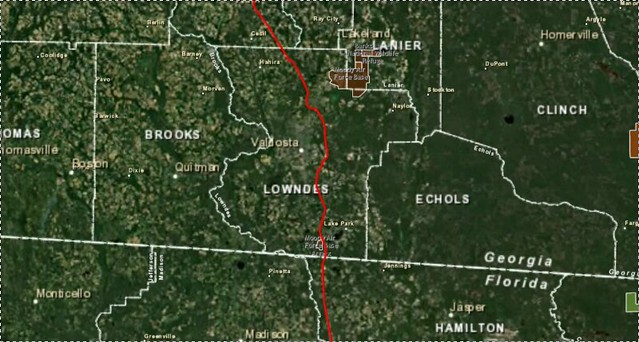All U.S. nuclear power reactors could be replaced by LED lighting with a few clever on-off controls. More evidence Plant Vogtle is a boondoggle good for nothing but propping up profits for Georgia Power and Southern Company.
Michael Kanellos wrote for Forbes 28 October 2013, Can LED Bulbs Make Nuclear Plants Obsolete?
One $7 billion nuclear plant like one of Georgia Power’s 1.2 GW units would add a little over 1 percent of capacity. The bulb solution would cost $60 billion, and around $36 billion two years from now, and require only that consumers know how to screw in a light bulb. Nuclear would cost $105 billion, probably more, and take decades.
So maybe it’s not just weather that’s pushing down your demand, Southern Company: maybe Continue reading




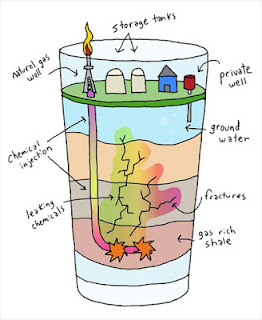
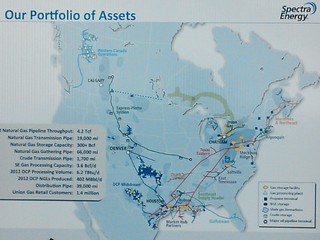
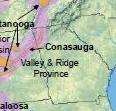

 of Georgia (if at all). Why did Sabal change the route? I don’t
either. The newspaper is dated October 24, 2013.
of Georgia (if at all). Why did Sabal change the route? I don’t
either. The newspaper is dated October 24, 2013.

